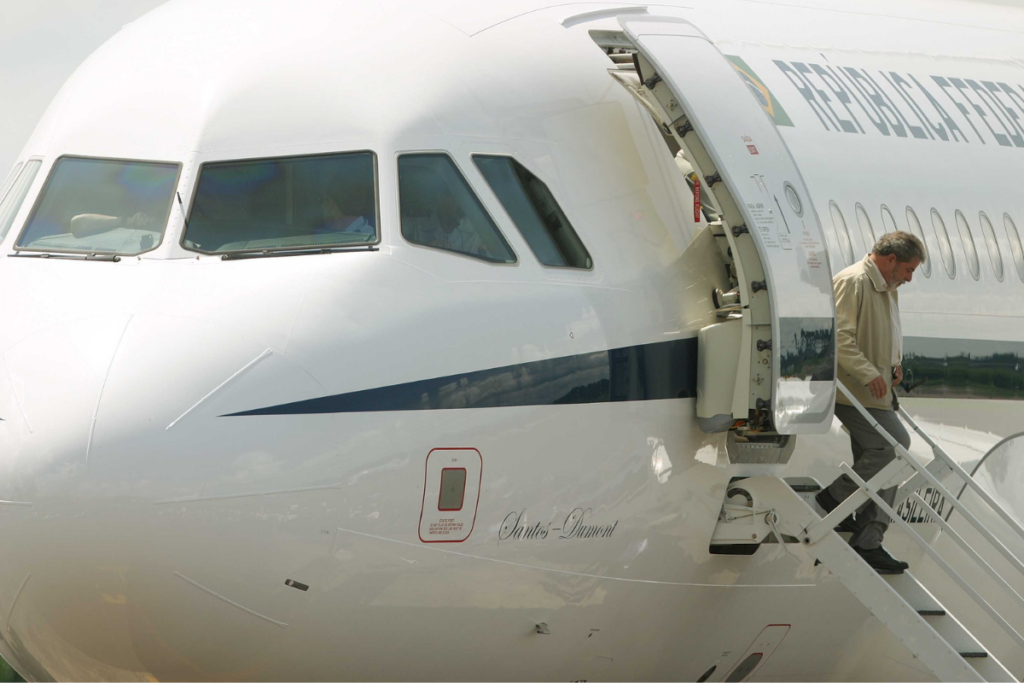Brazil’s President Luiz Inácio Lula da Silva rounded off his international commitments for August with a busy trip to Africa that included visits to Angola, São Tomé & Príncipe, and most notably, the BRICS summit in Johannesburg, in which he met with leaders from China, Russia, South Africa, and India. This Thursday, he’s jetting off again, flying to India for the G20 summit.
This is Lula’s preferred form of foreign policy: presidential diplomacy, wherein the head of state is the one traveling the world and pressing flesh. Despite having only been in office for eight months in this third presidential term, Lula has already visited 20 countries across five continents. His overseas trips have revitalized a decades-old debate with new questions about how to adapt Brazil’s presidential diplomacy to meet the current moment.
While some level of presidential diplomacy is standard by today’s terms, Brazil’s foreign policy has historically almost always been delegated to the powerful Foreign Affairs Ministry, commonly known in the country as Itamaraty. To paraphrase Sérgio Danese, the Brazilian career diplomat who wrote the seminal book on presidential diplomacy in 1998, while traditional diplomacy tends to be subtle, calculated, and anonymous, presidential diplomacy is more results-oriented, concerned with public opinion, and ambitious.
The notion of presidential diplomacy was popularized in the 1990s during the presidency of Fernando Henrique Cardoso. Mr. Cardoso was even nicknamed “Traveling Henrique Cardoso” by the popular comedy show Casseta & Planeta for the time he spent overseas.
But it was Lula who took the concept and ran with it, visiting 35 countries in his first year in office in 2003 — more than twice as many as his predecessor’s final year. Lula’s presidential diplomacy initially wrought fierce domestic critics who mocked his presidential plane, dubbing it “AeroLula.”

What Lula lacked in formal training he made up for with acute political instinct and a knack for making friends overseas. Lula even credits the negotiation of a fuel-swap deal with Turkey and Iran to his personalistic style of diplomacy, claiming the Supreme Leader of Iran “fell in love” with him after sharing his life story.
Longtime Brazilian diplomat Rubens Ricupero summed up the sometimes paradoxical nature of Lula’s presidential diplomacy: “Never before has such a protagonism and personalism been seen...


 Search
Search






































